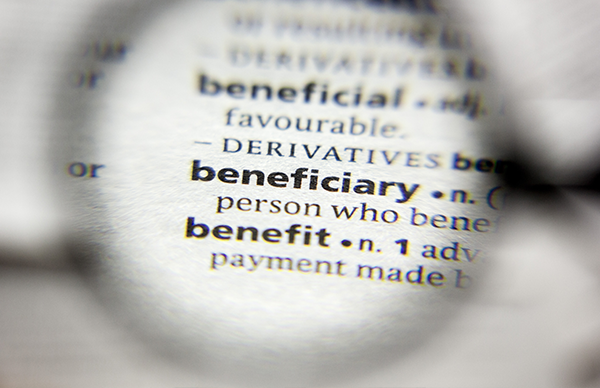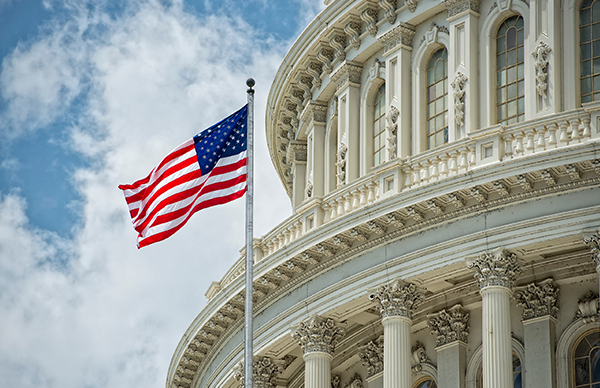As the end of the year approaches, our to-do lists become longer but our bandwidth becomes condensed. To compound matters, when you sponsor a retirement plan, you know you will be in close contact with your TPA firm about the various year-end notices that must be distributed to plan participants. Below is a summary of some of the most common year-end notices that may apply to calendar year defined contribution plans:
Safe Harbor Notice – Safe harbor plans must provide an annual safe harbor notice to participants at least 30 days (but no more than 90 days) before the beginning of each plan year. The safe harbor notice informs participants of certain plan features, such as eligibility requirements, the plan’s safe harbor formula, and vesting and withdrawal provisions for plan contributions.
The SECURE Act eliminated the safe harbor notice requirement for plans that only include a nonelective safe harbor contribution. If the plan also provides for a discretionary matching contribution, a safe harbor notice is still required.
Qualified Default Investment Alternatives (QDIA) Notice – If a plan utilizes a QDIA on behalf of participants or beneficiaries who fail to direct the investment of assets in their individual accounts, the plan must provide an annual QDIA notice at least 30 days (but no more than 90 days) before the beginning of each plan year. The QDIA notice provides a description of the QDIA, including its investment objectives, fees, and expenses.
Automatic Contribution Arrangement (ACA) Notice – Plans that utilize an eligible automatic contribution arrangement (EACA) or qualified automatic contribution arrangement (QACA), in the absence of an affirmative election by a participant, must provide an annual notice to participants at least 30 days (but no more than 90 days) before the beginning of each plan year. The notice includes an explanation of the ACA provisions, such as the default contribution rate, how to elect not to participate, how to change the default rate, and how to make an investment election.
Participant Fee Disclosure Notice – Participants must receive an updated annual fee disclosure notice within 14 months of the date they received their last notice. The notice includes an explanation of plan level and individual fees that may be charged against a participant’s account.
Many participant notices required by the IRS can be distributed electronically if certain conditions are met. In general, the IRS allows e-delivery if the media being used is provided by the plan sponsor and participants are required to access that media as part of the participant’s job. For additional details regarding electronic delivery of IRS notices, please contact us or see irs.gov/retirement-plans/plan-participant-employee/retirement-topics-notices.
Under new rules issued by the DOL, if a plan sponsor has complied with certain rules, including providing a Notice of Internet Availability to a participant’s electronic address, covered DOL notices can now be provided electronically as well. For additional details regarding electronic delivery of DOL notices, please contact us or see dol.gov/agencies/ebsa/about-ebsa/our-activities/resource-center/fact-sheets/electronic-disclosure-safe-harbor-for-retirement-plans.
© 2020 Benefit Insights, LLC. All Rights Reserved.







